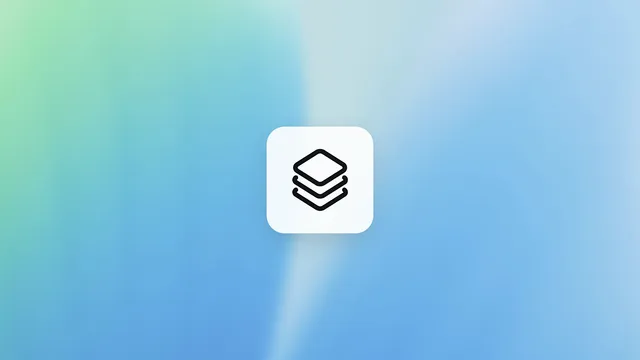ChatGPT Apps is the new, untapped distribution channel
OpenAI's rollout of apps inside ChatGPT quietly marks a significant shift: ChatGPT isn't just an AI assistant anymore; it's moving into platform territory.

OpenAI's rollout of apps inside ChatGPT quietly marks a significant shift: ChatGPT isn't just an AI assistant anymore; it's moving into platform territory.
OpenAI's rollout of apps inside ChatGPT, along with the new Apps SDK, might seem like a minor feature at first glance. But it quietly marks a significant shift: ChatGPT isn't just an AI assistant anymore; it's moving into platform territory.
The comparison that comes to mind is the iPhone's App Store or Shopify's early app ecosystem: moments when a tool suddenly became a channel, a marketplace, and a launchpad all at once.
For founders and strategists, this matters because it changes how products reach users. The focus shifts from building a better website or running ads to appearing where millions of interactions are already taking place. The interface itself becomes the playing field, and the winners will be those who integrate their offerings seamlessly into it.
From tooling to platform distribution
ChatGPT Apps turn the AI assistant into a distribution engine. Developers can embed products directly inside ChatGPT, allowing users to book flights, order groceries, run analytics, or schedule meetings without leaving the conversation. This removes friction for the user and opens a new reality for startups: the interface itself becomes the channel.
A small startup can now reach a massive audience without building standalone websites, app installs, or complex marketing campaigns. ChatGPT functions as both a destination and a discovery layer. If your app integrates smoothly, it can appear naturally in relevant queries, leveraging trust and engagement that the platform already commands.
How this is reshaping business discovery
AI-driven discovery is already emerging. Companies like Searchable.com are exploring methods for users to access tools directly through AI, thereby bypassing traditional search engines entirely.
For startups, this changes everything. A small team can now reach massive audiences without needing a website, app installs, or ad spend. The growth advantage goes to those who move early, integrate quickly, and show up naturally where users already are.
But they're not the only ones moving. Startups are now competing with established players for visibility inside the same ecosystem. The line between app and assistant is blurring, and ChatGPT is quickly becoming the operating layer where digital interactions happen natively.
Large companies are already embedding themselves in that layer. Booking.com lets users search and book directly through ChatGPT. Instacart brings grocery ordering into the chat. Morgan Stanley is deploying GPT for wealth managers, and Shopify merchants are leveraging ChatGPT to manage stores and serve customers in real time.
Together, these examples show how distribution itself is shifting – not just for startups but across industries. The winners will be those who integrate meaningfully into this new conversational interface before it becomes saturated.
Strategic takeaways
The launch of ChatGPT Apps marks a shift in how startups approach growth. Distribution, discovery, and visibility now depend on relevance and integration inside AI experiences, not just marketing spend. The platform offers reach, trust, and context in a single interface, creating opportunities for companies that act quickly.
The opportunity is no longer limited to startups. The playing field has been levelled, and if early-stage companies don't move swiftly, larger players with more resources will dominate discovery, just as they have in every major platform shift before.
The pattern is familiar: early adopters gain traction, ecosystems mature, and the cost of entry rises. We saw this with smartphones and cloud marketplaces. The difference this time is that the interface itself is intelligent, capable of understanding context, intent, and preferences.
The message for any builder is clear: design for AI-first experiences, optimise for discoverability, and integrate where users already spend their time. AI platforms like ChatGPT are emerging as the next operating layer, positioning businesses that leverage AI now to thrive in the years ahead.


